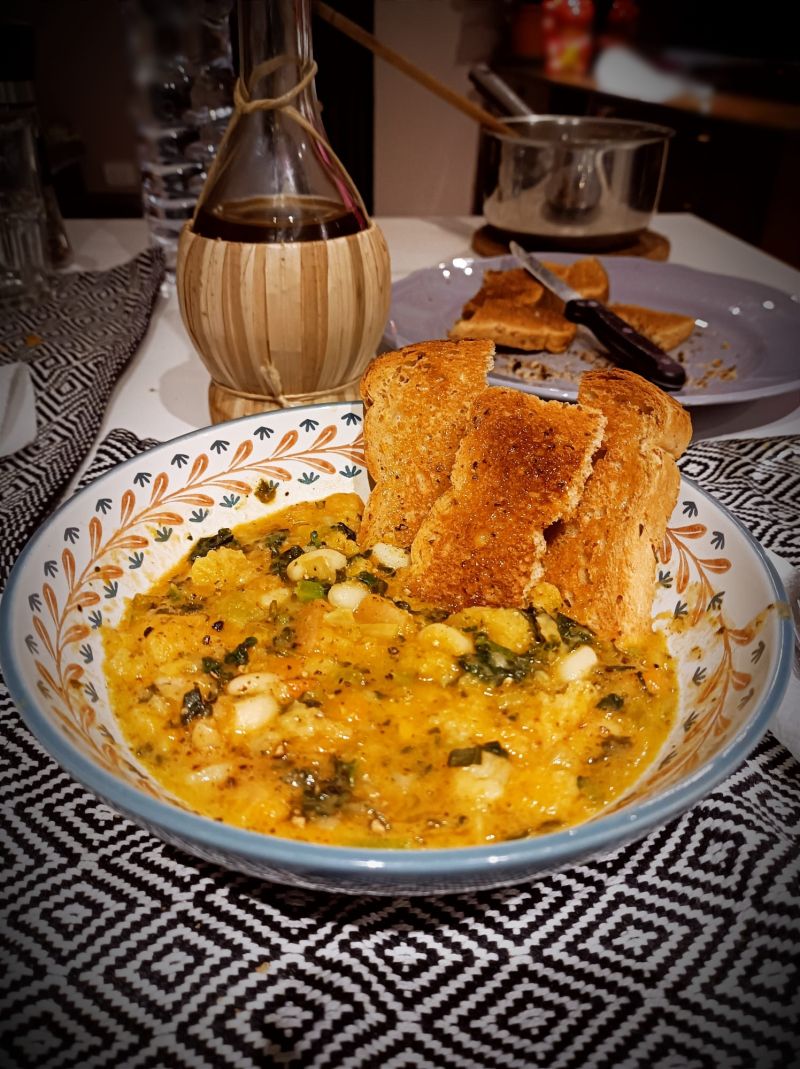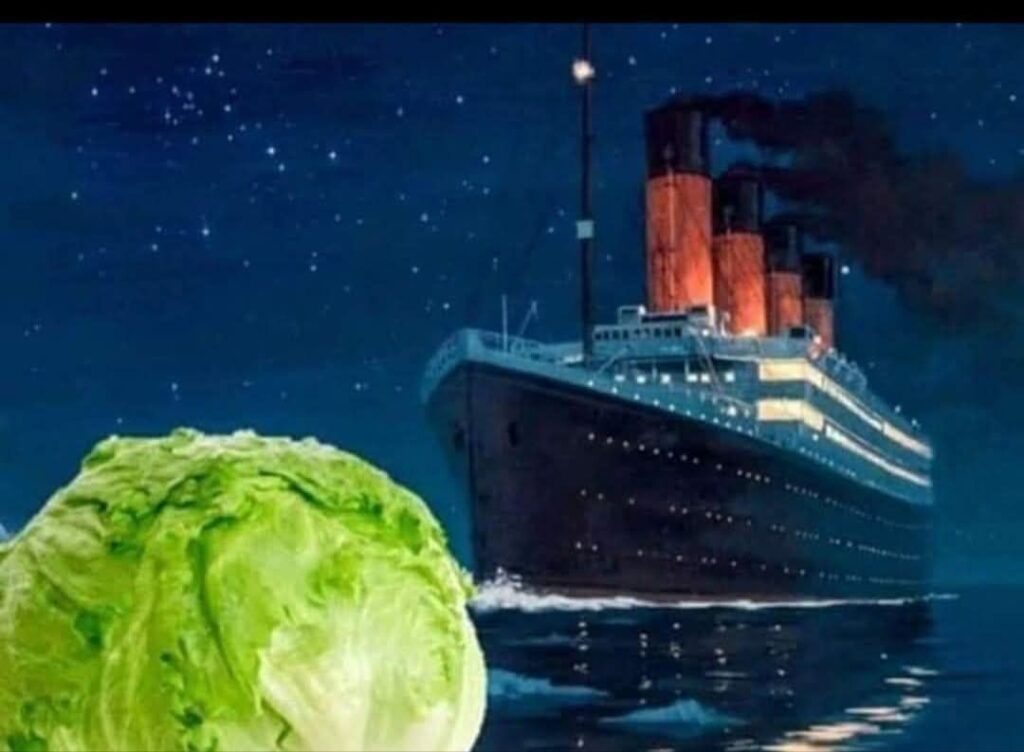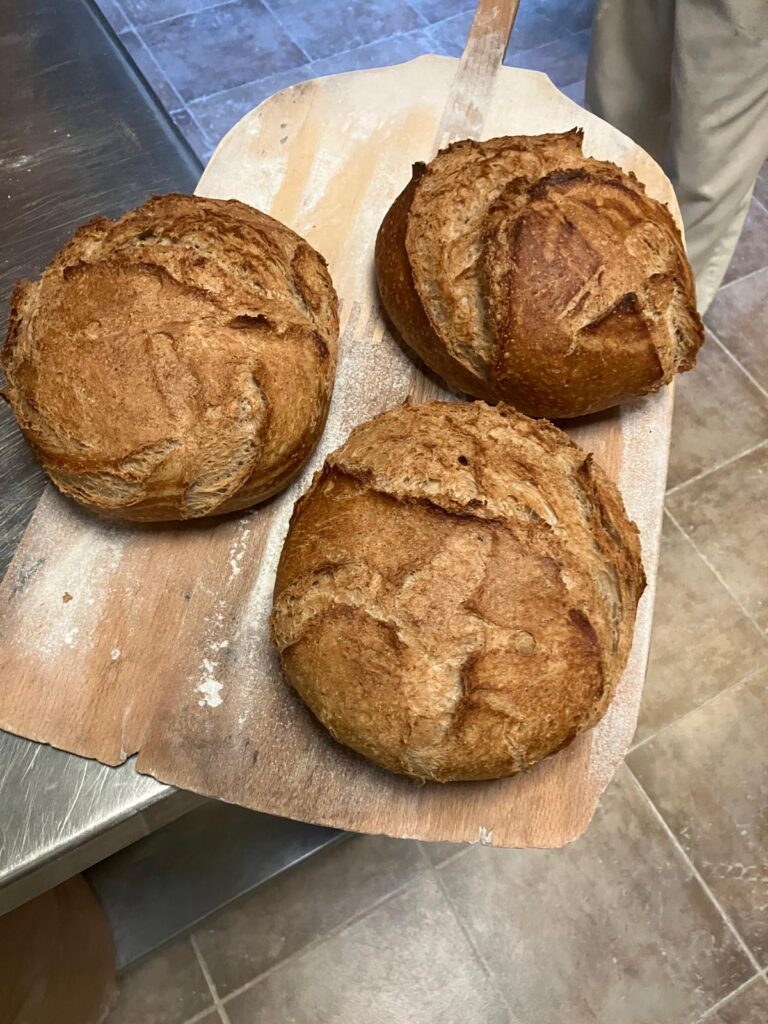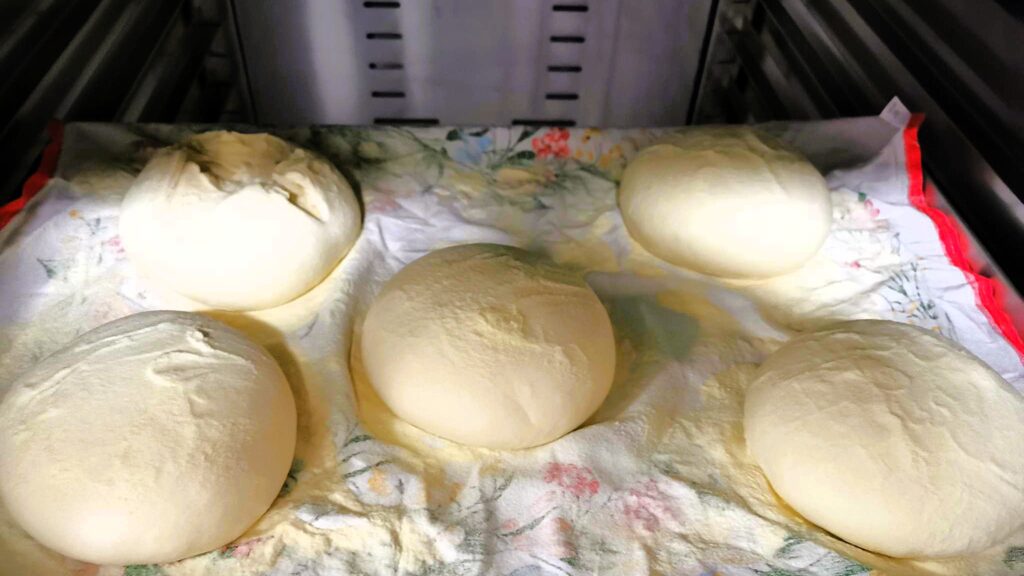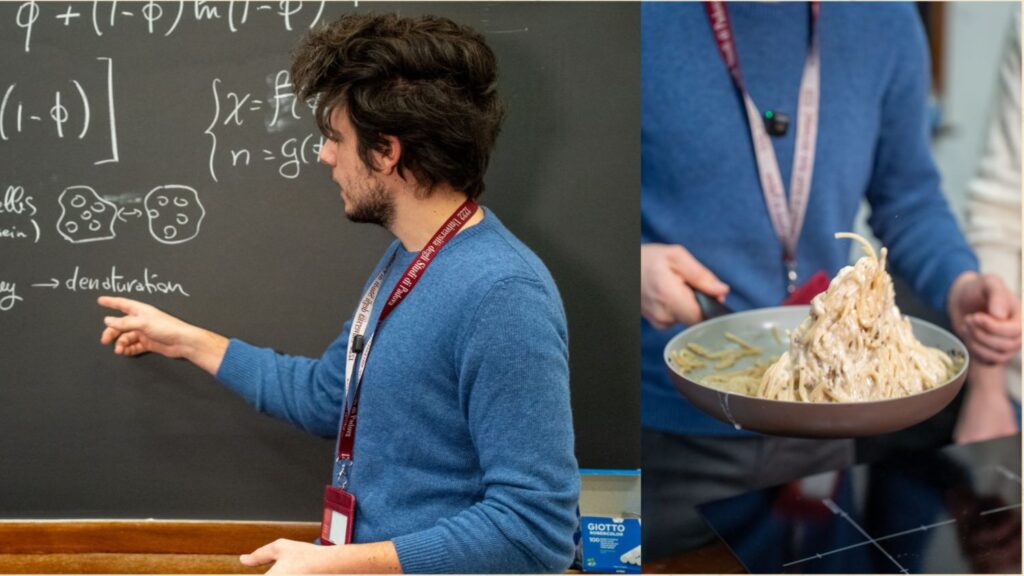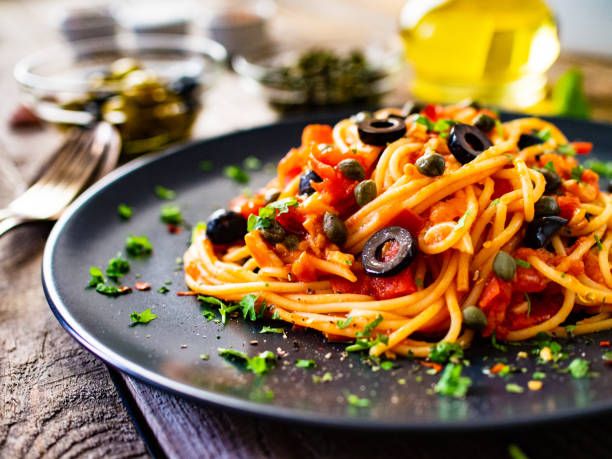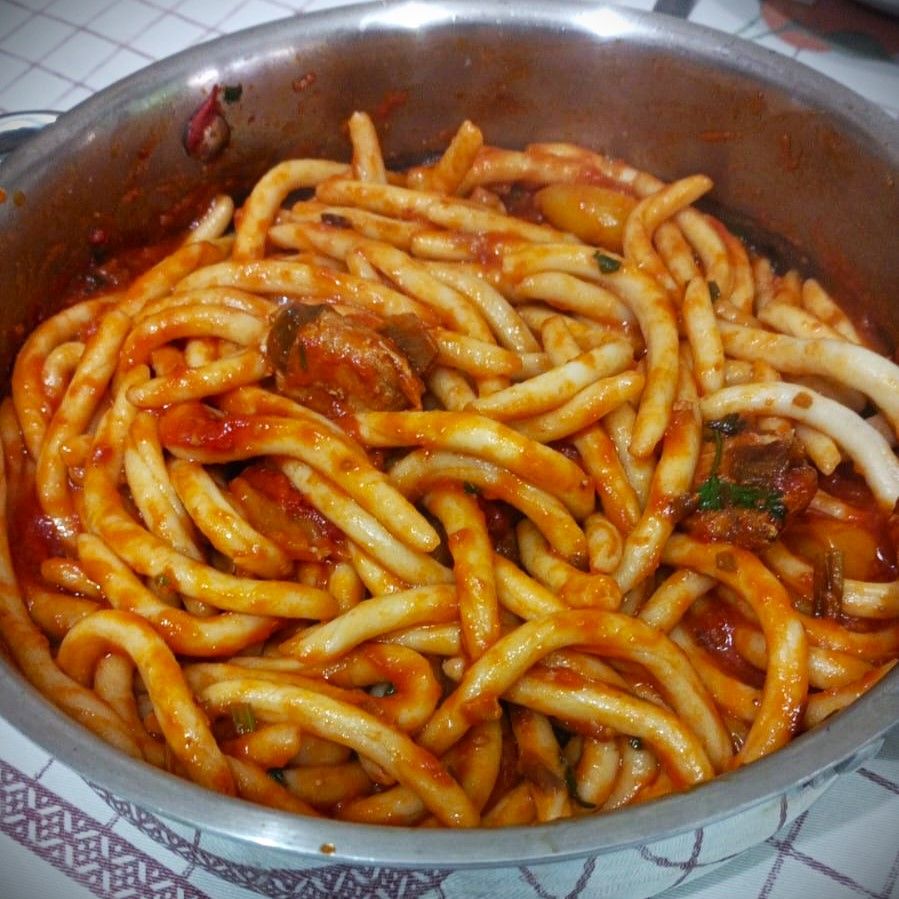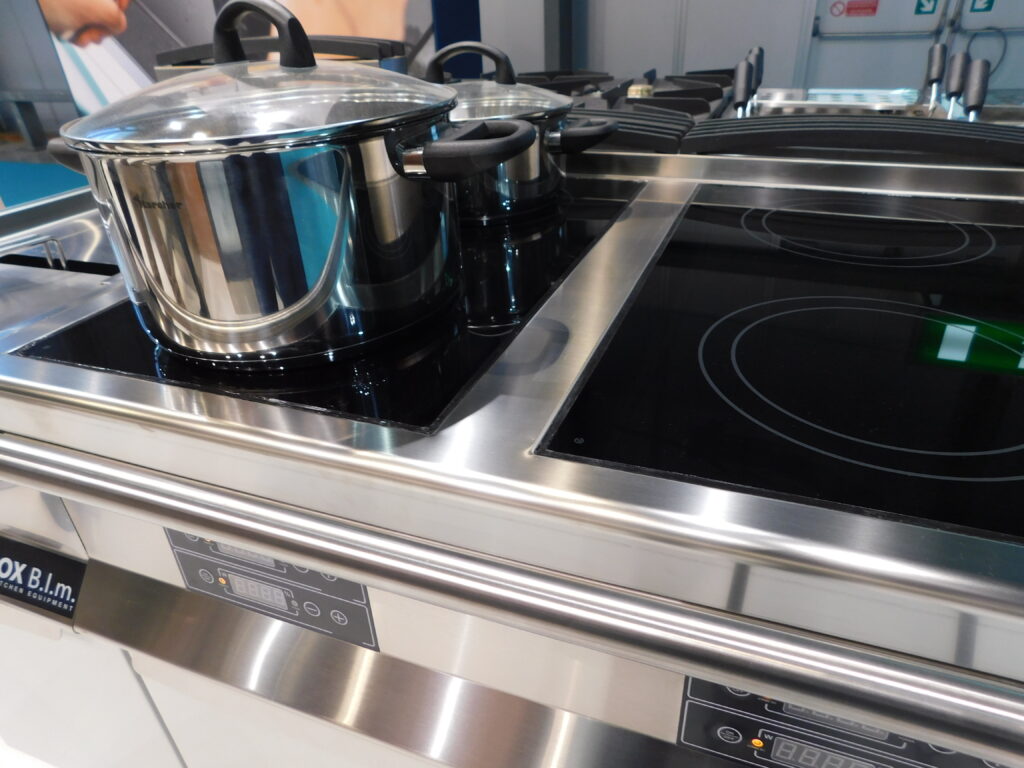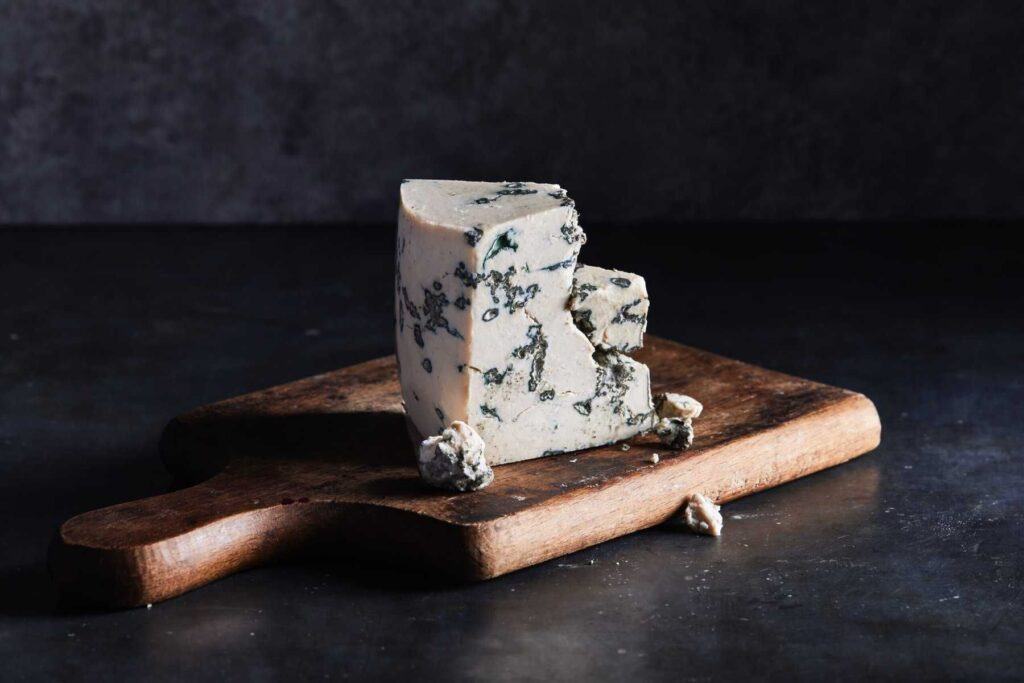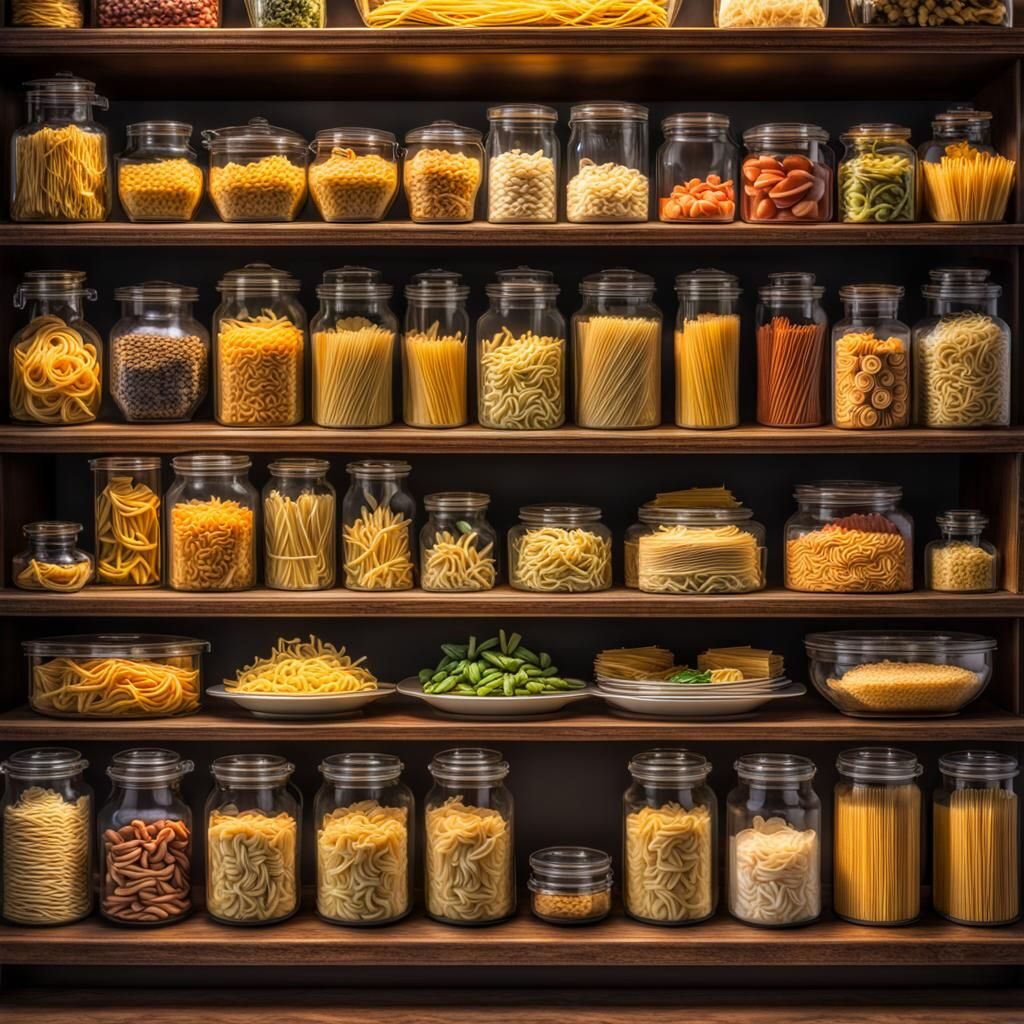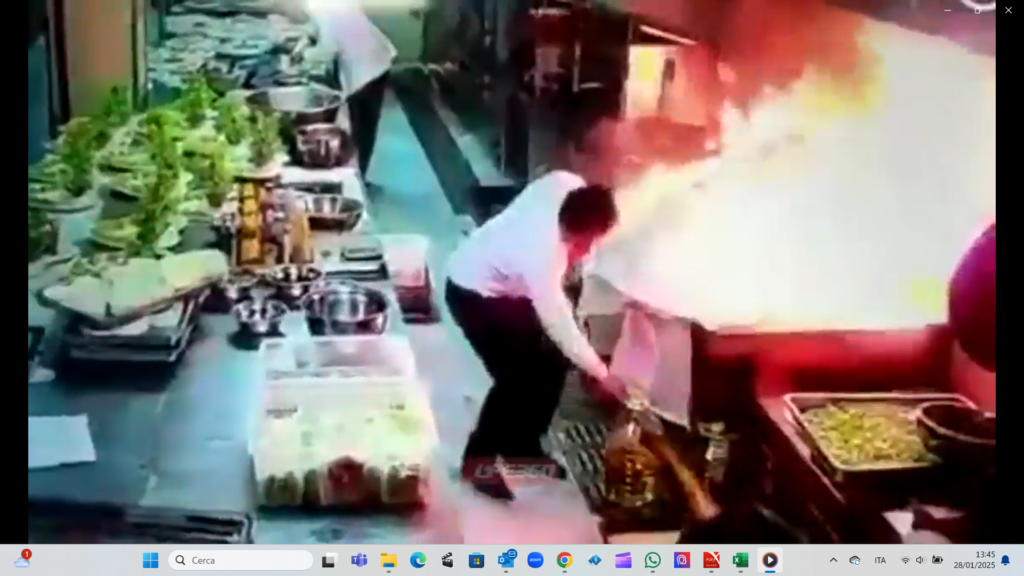What is called Peasant food (in other languages also “poor man’s food”) is the best historical example of creativity in the kitchen.
Created, as the name suggests, by poor farmers and land workers of over the centuries, using what they managed to harvest in the garden, or to take (not always with permission) from the kitchens of the Lords.
Although most of these dishes originate in the late Middle Ages, some do not have a precise historical trace (see the English “Black Pudding”, or the Spanish “Gazpacho”, or the “Taco” from Mexico).
In the pic attached, a splendid example: the ribollita, a dish born in Tuscany during the Renaissance period.
While the Medici and the Borgia were plotting intrigues and assassinations, and Leonardo and Michelangelo were producing immortal works of art, the peasants were breaking their backs all day to allow all this.
And since ingenuity wasn’t an exclusive prerogative of workshops, in the Countryside outside Florence the peasants invented the “ribollita”: a soup, whose name literally translated means “re-boiled”.
The ribollita was made usually in a large common cauldron, made with cabbage and various types of vegetables, as well as stale bread leftover from the banquets of rich nobles.
The soup was cooked several times during the week (hence its name), perhaps adding a new ingredient each time. And each time it was boiled, it tasted even better.
Now: if you want to experience a little Renaissance in your professional kitchens, I have the right equipment for you.
Otherwise … cook the ribollita wherever you like. It is always delicious. And easy to make!

 Italiano
Italiano
